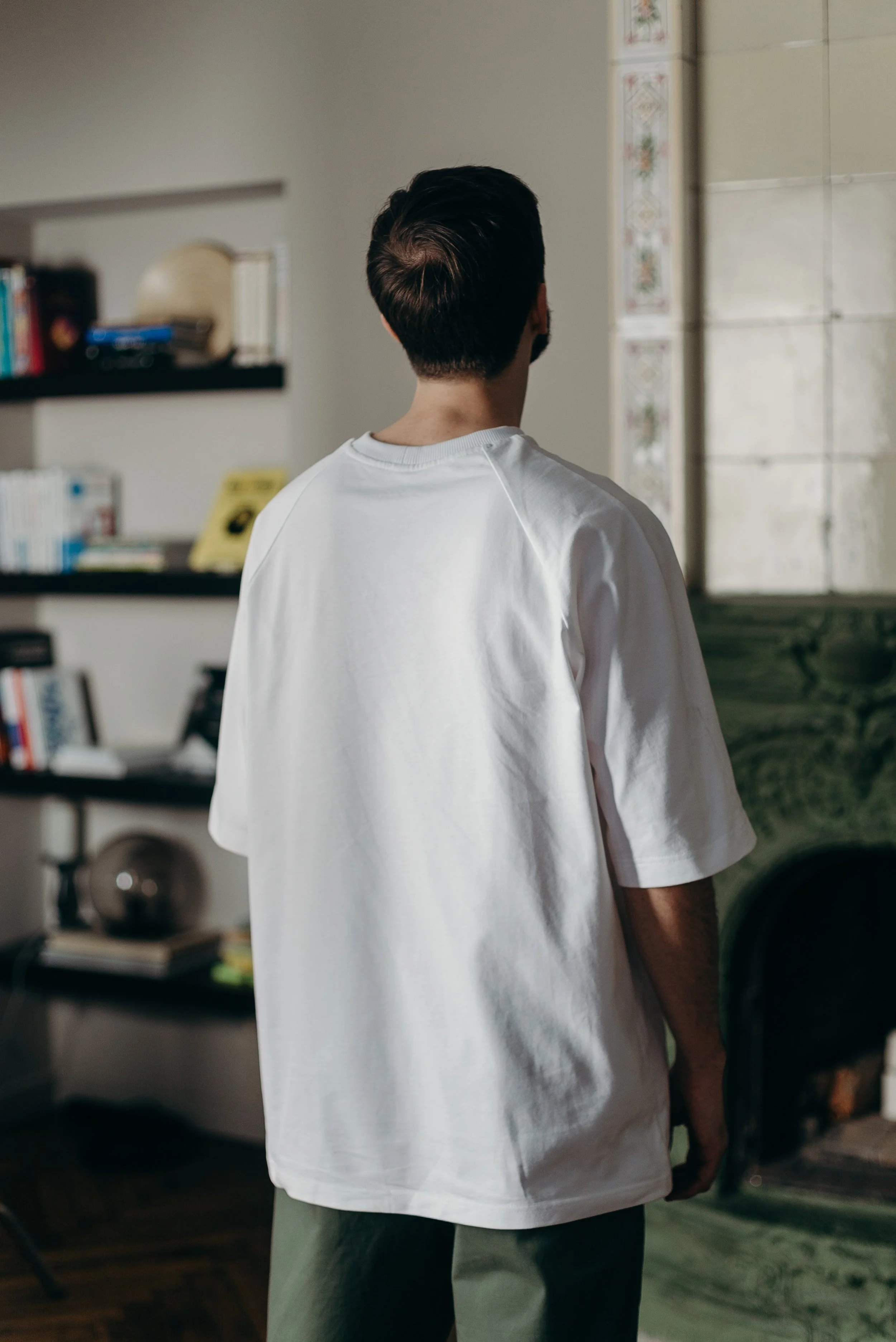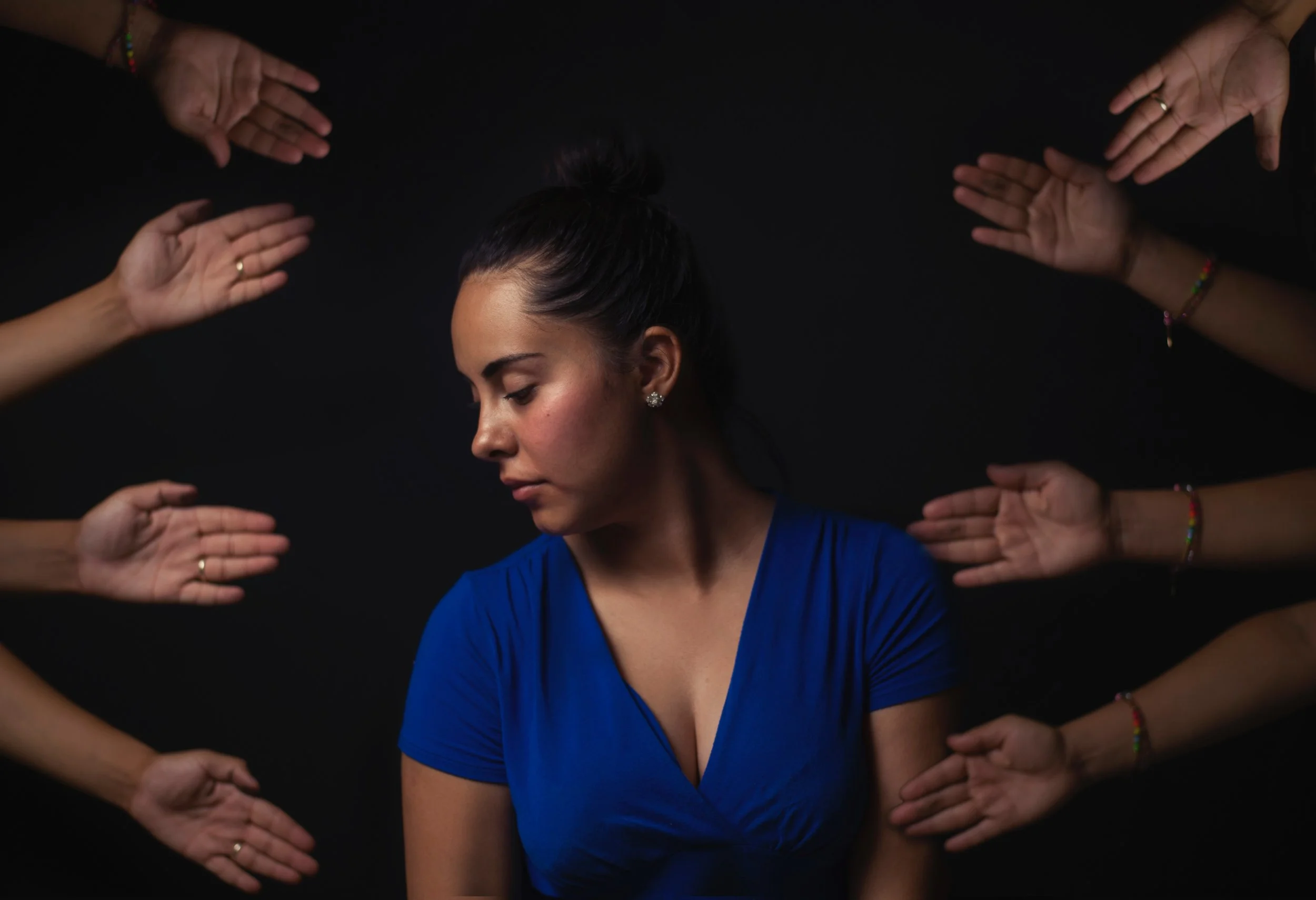The Top Shirts for DTG Printing: A Comprehensive Guide
If you are a creative enthusiast with a passion for turning plain t-shirts into unique works of art, then Direct-to-Garment (DTG) printing is the revolutionary technique that lets you transform your design visions into reality.
Whether you're a budding entrepreneur or simply an individual seeking to express their creativity, DTG printing offers a world of possibilities.
Types of Fabric for DTG Printing
Selecting the right fabric is crucial for achieving the perfect print. The fabric you choose will influence the quality and durability of the image, as well as the overall feel and comfort of the shirt.
Here are some popular fabric options that you can consider for your next DTG project:
Cotton is a timeless choice for DTG printing, thanks to its smooth surface that allows for vibrant prints. Not only is cotton breathable and comfortable, making it ideal for everyday wear, it also accepts ink well and produces long-lasting prints. However, colors may fade over time, especially if the shirt is washed frequently. If you're looking for the best shirts for DTG printing, cotton should definitely be on your list.
Polyester is perfect for sportswear and vibrant designs, thanks to its moisture-wicking properties and excellent durability. It's also great for printing on dark shirts, as the ink sits on top of the surface without soaking in. However, polyester lacks the natural feel and breathability of cotton, which might be a deal-breaker for some buyers. If you're looking for the best DTG shirts for sports teams or fitness enthusiasts, polyester is a great option.
Cotton-polyester blends offer the best of both worlds - the comfort of cotton and the durability of polyester. Blends are versatile and provide excellent value for money, but the blend ratio must be chosen carefully to suit your needs. A blend that's heavier on the cotton side will be softer and more comfortable, whereas one that's heavy on the polyester side will be more durable and moisture-wicking.
Tri-blends, as the name suggests, are made of a combination of cotton, polyester, and rayon. These shirts have a vintage, soft feel and provide a unique look to your prints. They also tend to drape well and are perfect for fashion designs. However, tri-blends can be more expensive than other fabric options, and not all DTG printers can handle them.
Shirt Styles for Different Designs
Choosing the right shirt style is just as important as the design itself. The cut of the shirt can greatly impact the overall look, feel, and message of the design. Here are some popular shirt styles to consider for your next DTG printing project:
Basic Tees: Classic Crewneck and V-Neck
The classic crewneck and v-neck t-shirts are popular choices for a reason. They offer a clean and simple canvas for any design, making them versatile options for different brands and aesthetics. Crewneck tees are great for a more conservative and traditional look, while v-neck tees offer a touch of femininity and fashion-forward appeal. Plus, they are both comfortable and affordable, making them a crowd-favorite for any occasion.
Fashion-Forward Styles: Scoop Necks and Raglan Sleeves
If you're looking to elevate your designs and offer something unique, scoop necks and raglan sleeves are great options. Scoop neck tees have a wider neckline, creating a more feminine and flattering silhouette. Meanwhile, raglan sleeves offer a sporty and trendy look, perfect for athleisure and streetwear-inspired designs. These styles can add an extra layer of personality and fashion to your designs, giving them an edge over basic tees.
Athletic Wear: Challenges and Opportunities
Printing on activewear presents some challenges, but also opportunities for creative and functional designs. Unlike regular cotton tees, activewear materials like polyester and spandex require a different printing process and ink. However, these materials are known for their moisture-wicking and anti-microbial properties, making them ideal for sports-related designs. Incorporating motivational slogans, logos, and graphics onto athletic wear can also inspire and motivate athletes during their workouts.
Playing with Colors for that WOW Factor
Color is an essential element in the process of creating a design that stands out. It can make or break your artwork. Whether you're creating a design for a t-shirt, a poster, or a website, colors play a significant role in the final product. And if you're looking for a WOW factor, playing with colors is a great place to start.
Color matching is crucial when it comes to DTG (Direct to Garment) printing. Getting the right color accuracy is an essential step in achieving the perfect print. Using proper tools like color guides or software can guarantee that your design's hues translate accurately onto the fabric. It ensures that the colors you see on your screen are the same color that will come out of the printer.
But, it's not just about color matching. The color of the t-shirt also plays a crucial role in how your design appears. Dark fabrics like black or navy may require an under-base for vibrant prints, while light colors like white or gray allow your design to shine. When choosing a color, keep in mind that the brighter the shirt, the brighter the colors will appear.
If you want to bring your design to life, experiment with the color of your shirt. Play with complementary or contrasting colors to make it pop. For example, if your design has bright blue elements, you might want to print it on a black or dark blue shirt to make it stand out. Or if your design has a vintage feel, printing it on a heathered or muted tone might be the way to go.
When finding the best t shirt for DTG printing, look for something with a high cotton content. The higher the cotton content, the better the ink will absorb into the threads of the fabric, resulting in a brighter and more vibrant print.
As for finding the best DTG printer for t shirts, there are several things to consider, including print quality, speed, and ease of use. Look for a printer that can print on a wide range of fabrics, has accurate color matching, and comes with user-friendly software.
The Weighty Matter of Shirt Weight
The weight of the fabric is not something that should be overlooked. The weight of your shirt influences both the way the ink adheres to the fabric and the level of comfort the final product will provide. So, choosing the right weight for your design is essential to achieve the right balance.
Lightweight shirts are perfect for intricate designs and a softer feel. The fabric should be dense enough to avoid transparency issues, but not so heavy that it becomes uncomfortable. This weight is great for detailed designs, as it allows for more precision in the printing process.
Medium-weight shirts strike a good balance between detail and fabric thickness, making them ideal for most designs. This weight offers the best of both worlds and is a popular choice amongst designers. With the right density, your design will come out looking great without feeling too heavy on the wearer.
On the other hand, if you're looking for a shirt that will make a bold statement with textured prints, heavy-weight shirts are a great choice. However, intricate designs may not show as well on this weight, so it's important to keep that in mind before settling for this option.
When selecting the best blank t shirts for printing, it's important to consider not only the weight but also other factors such as quality and durability. Look for t-shirts that have a smooth texture, good absorption, and a consistent weave. This way, you'll be able to achieve high-quality prints that will last.
If you're looking for DTG printing services, it's important to choose a provider that has experience in printing on different shirt weights. A good provider will work with you to determine the best weight for your design, as well as offer tips and guidance to optimize the printing quality.
Tips for Optimal DTG Printing
Not all t-shirts are created equal, and not all designs are suited for DTG printing. Here are some tips to ensure optimal DTG printing results and the best t-shirts for DTG printing.
Pre-Treatment Considerations
Before printing on the t-shirt, it's important to pre-treat the fabric. Pre-treatment helps to create a smooth surface for the ink to adhere to while bringing out the colors of the design. Pre-treatment is especially essential for fabrics with dark colors. Without pre-treatment, the ink may not bond well to the fabric, resulting in a faded or washed-out design. Therefore, choosing the right t-shirt material is critical to achieving the best print results.
Best T-Shirts for DTG Printing
When it comes to choosing the best t-shirt for DTG printing, 100% cotton is the preferred fabric. The smooth surface of cotton promotes better ink adhesion and color retention, resulting in a sharper and more vibrant design. However, it's also essential to consider the weight of the cotton fabric as it affects the print quality. For example, lighter cotton fabrics like 30 singles and 40 singles are well-suited for DTG printing as they offer a softer feel and better ink penetration.
Print Location
The print location plays a significant role in the overall appearance of the t-shirt. Choosing the best print area depends on the t-shirt style, the design, and the intended look. For example, a design with a central placement on a classic t-shirt style gives a traditional look. However, placing the design off-center on a trendy cut t-shirt style gives a modern look. Additionally, the size of the design should complement the size of the t-shirt to avoid overshadowing the wearer or overshadowing the design.
Color Adjustments
Color adjustments play a crucial role in the final outcome of the design. To achieve optimal DTG printing results, it's necessary to match the colors of the design to that of the intended t-shirt fabric color. For example, light-colored designs suit lighter-colored fabrics, while dark-colored designs suit darker fabrics. It's also important to adjust the color intensity of the design to match the absorbency of the t-shirt fabric to achieve a perfect print.
-
A: While you can experiment with different fabrics, it's essential to choose shirts that are compatible with DTG printing. Cotton and cotton-blend shirts tend to work best due to their absorbent nature, but polyester blends and specialty fabrics can also yield great results. Be sure to consider factors like fabric composition, color, and pre-treatment requirements when selecting shirts for DTG printing.
-
A: The choice of shirt color can impact the vibrancy and visibility of your design. For dark-colored shirts, white ink underbase is usually required to make colors pop. Light-colored shirts allow for a broader color palette without the need for an underbase. Keep in mind that shirt color can affect the overall look of your design, so it's important to test and adjust colors accordingly for the best results.
-
A: If sustainability is a priority, there are eco-friendly shirt options to consider. Look for shirts made from organic cotton or recycled materials. These choices contribute to reducing environmental impact. Additionally, inquire with your DTG printing provider about their eco-friendly ink options and printing practices. Making conscious choices when it comes to both shirts and printing processes can help you create a more environmentally-friendly product.
Wrap Up!
DTG printing opens up a world of creative possibilities for designing stunning t-shirts. By choosing the right shirts, preparing them correctly, and following design best practices, you can achieve outstanding results. Whether you're a budding designer or a business owner, mastering the art of DTG printing will set your creations apart.
READ MORE…
DTG shirt printer buying guide: what you need to know.
What is DTG printing? An in-depth explanation.
DTG shirt printing - all you need to know.




